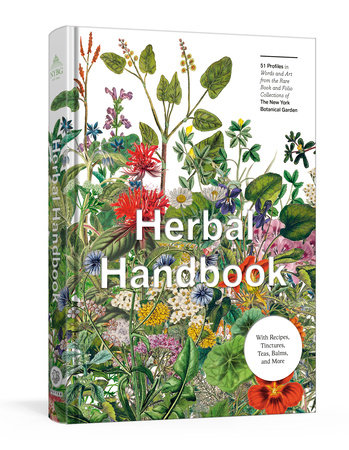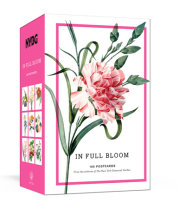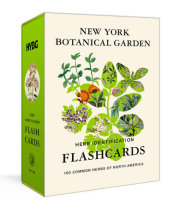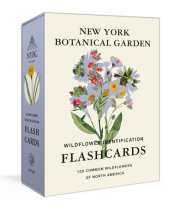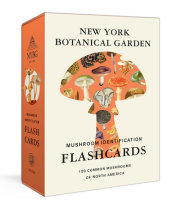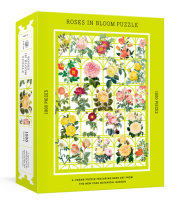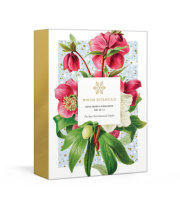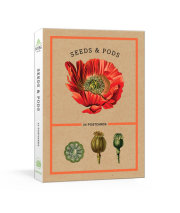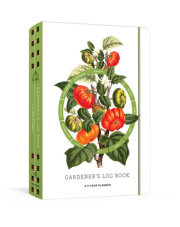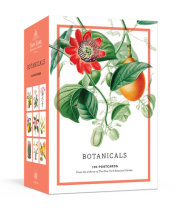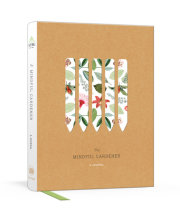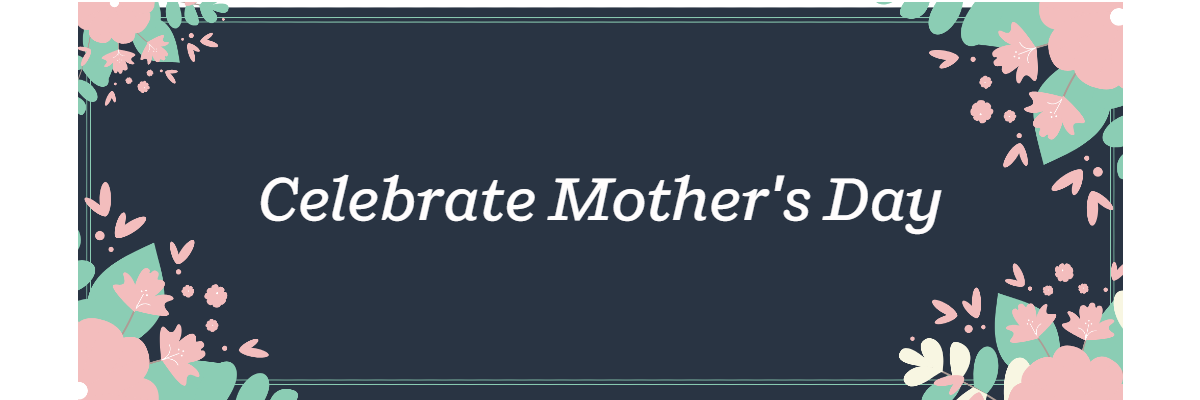IntroductionFairy clock. Lion’s teeth. Little dragon. Eye of the star. Calendula. Meadowsweet. Juno’s tears. These plants conjure enchanted worlds, brighten our gardens, enrich our meals, heal our bodies, freshen our air, soothe us before sleep. If one wants to believe in magic, one might do well to begin with the study of herbs.
From the tomb of Tutankhamun to medieval kitchen gardens to suburban lawns, herbs are everywhere, and have been with us for thousands of years. Archaeological remains indicate that as long as there have been people on this planet, there have been plants that supported them. Their use predates any surviving written records we have. At the cross-section of botany, medicine, history, natural history, the culinary arts, holistic healing, and, of course gardening, herbs have a stunning range of aromas, flavors, and applications. On our tables, at our weddings, in our skin care regimens and in our sacred rituals, they mark the seasons and connect us to the past. They give us flowers and essential oils. Some revitalize our spirits; others help relieve anxiety and settle us down. They can be sewn into dream pillows, cut fresh for bouquets, rubbed on the scalp to invigorate the hair, or grown to turn your lawn into a fairy-tale cottage garden.
What makes an herb an herb? The definition is twobranched. Botanically an herb is defined as a plant that produces seeds but does not develop a woody stem. But an herb is also defined as any plant with leaves, flowers, seeds, stems or roots that can be used for seasoning, medicine, or perfume.
In this book you’ll find herbs in Sanskrit texts and Renaissance cookbooks, in Greek myths and Roman feasts, and lining the baby cribs of North American indigenous peoples. There’s a hollyhock festival in Japan, lavender fields in Provence, Indian curries, Greek spanakopita, and ancient love potions. The simple entries—which all include a description, instructions for growing, and tips for usage— take you from marshes to rocky cliffs, across pastures, into woods, through cultivated fields, across oceans, and along the Silk Road. Some herbs are considered weeds, and others are precious and treasured, handpicked from plants that flower briefly, with blooms that fade quickly.
And because it’s best to learn by doing, each herb profile includes a recipe or project using that herb. You’ll see how they can be chopped into salads and soups, sautéed in oil, or used to flavor pasta, garnish punches, enhance baked goods, and steeped for a comforting tea. Whether you find them growing in the wild or cultivate them with care; whether you use them to transform your mood or your food, welcome the spring, or cheer up your living room, we’re sure you’ll enjoy learning about these plants and trying your hand at the recipes that follow. Despite a multiplicity of uses, you’ll find herbs reassuring in their simplicity: they need water, and they (mostly) love the sun.
Copyright © 2022 by The New York Botanical Garden. All rights reserved. No part of this excerpt may be reproduced or reprinted without permission in writing from the publisher.




